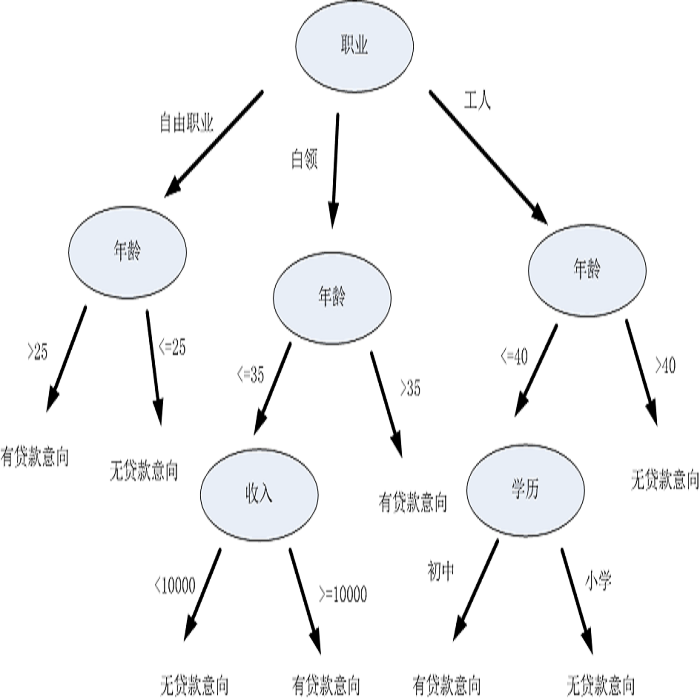Symbolic learning represents the most straightforward approach to interpretable modeling, but its applications have been hampered by a single structural design choice: the adoption of propositional logic as the underlying language. Recently, more-than-propositional symbolic learning methods have started to appear, in particular for time-dependent data. These methods exploit the expressive power of modal temporal logics in powerful learning algorithms, such as temporal decision trees, whose classification capabilities are comparable with the best non-symbolic ones, while producing models with explicit knowledge representation. With the intent of following the same approach in the case of spatial data, in this paper we: i) present a theory of spatial decision tree learning; ii) describe a prototypical implementation of a spatial decision tree learning algorithm based, and strictly extending, the classical C4.5 algorithm; and iii) perform a series of experiments in which we compare the predicting power of spatial decision trees with that of classical propositional decision trees in several versions, for a multi-class image classification problem, on publicly available datasets. Our results are encouraging, showing clear improvements in the performances from the propositional to the spatial models, which in turn show higher levels of interpretability.
翻译:符号学习是解释模型的最直截了当的方法,但是其应用却受到单一结构设计选择的阻碍:采用假设逻辑作为基本语言。最近,开始出现比预期更多的象征性学习方法,特别是基于时间的数据。这些方法利用了强大的学习算法中模式性时间逻辑的表达力,例如时间决定树,其分类能力与最佳的非正统模式相仿,同时生成具有明确知识代表性的模型。为了在空间数据方面采取同样的方法,本文我们:(一) 提出空间决定树学习理论;(二) 描述基于并严格扩展经典C4.5算法的空间决定树学习算法的典型执行;以及(三) 进行一系列实验,我们把空间决定树的预测力与几种版本的经典建议性决策树的预测力进行比较,以便在公开的数据集中处理多级图像分类问题。我们的成果令人鼓舞,表明从假设模型到空间模型的性能有了明显改进,从而显示较高的解释能力。



